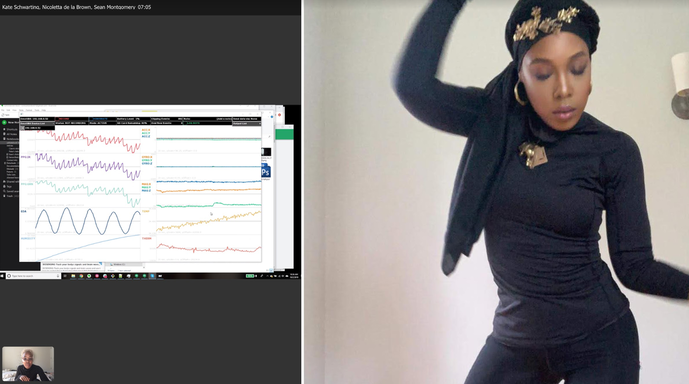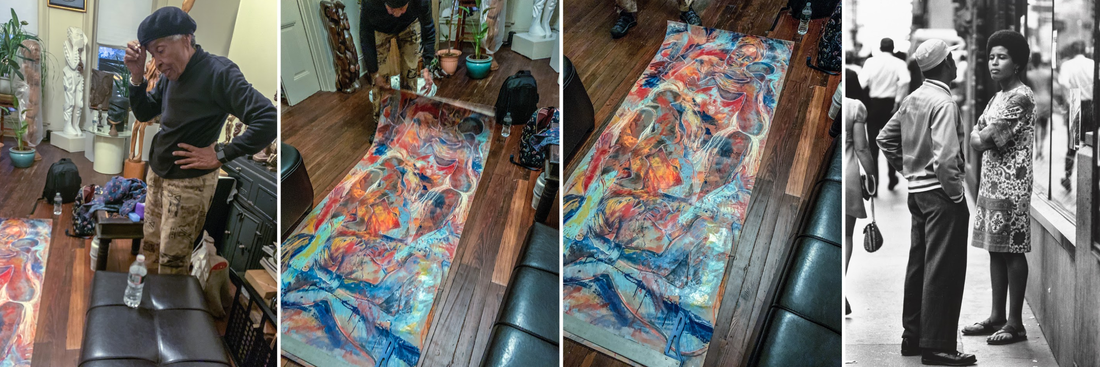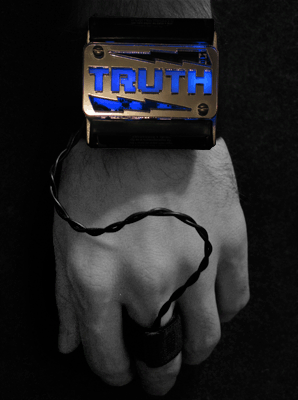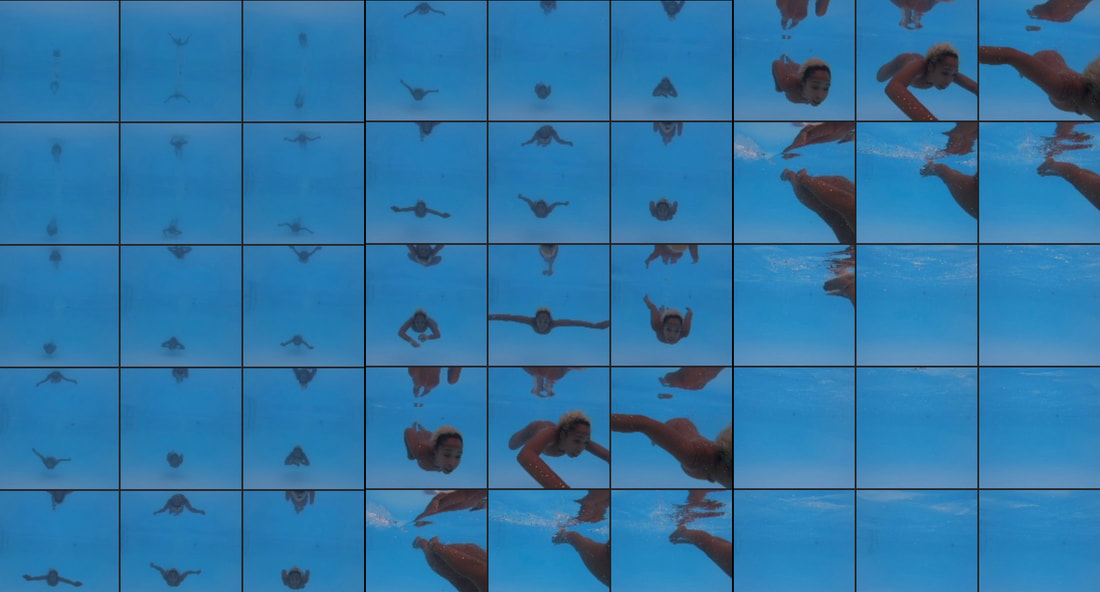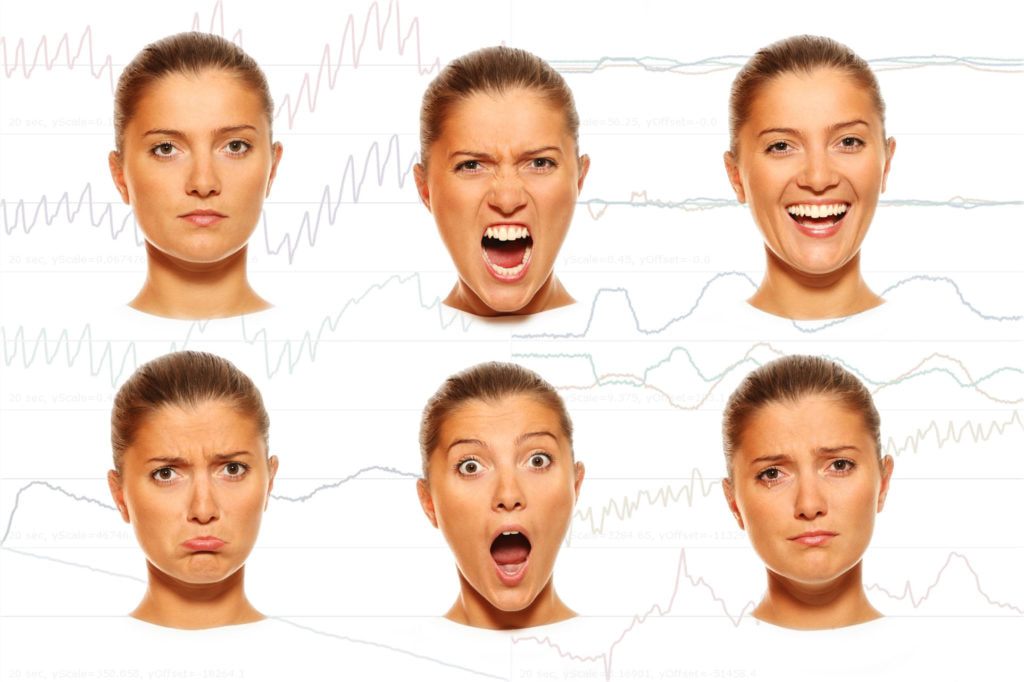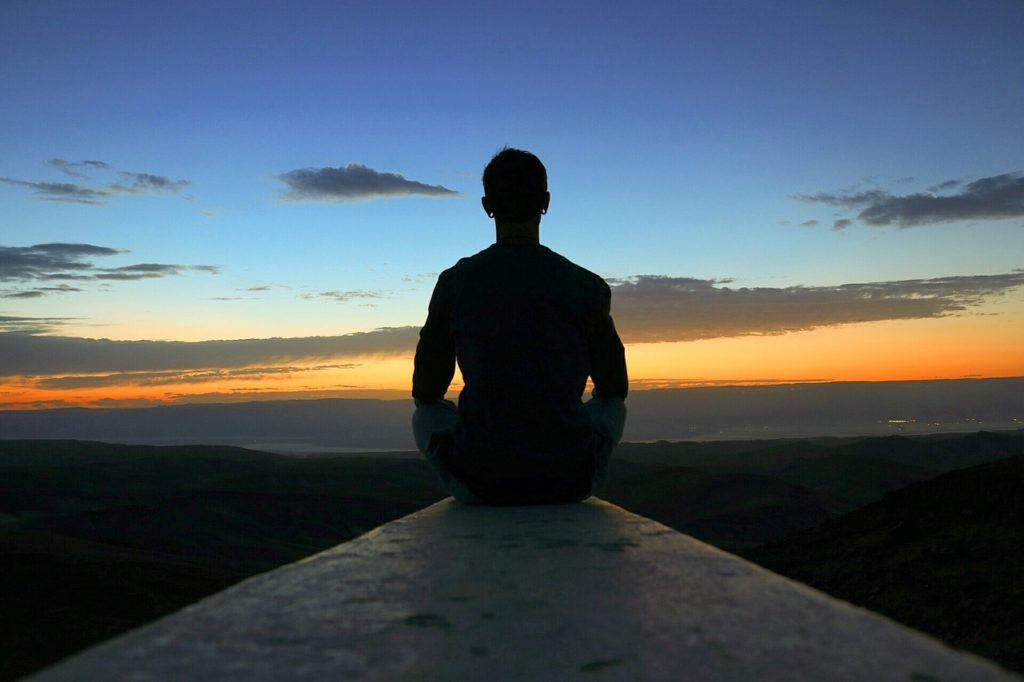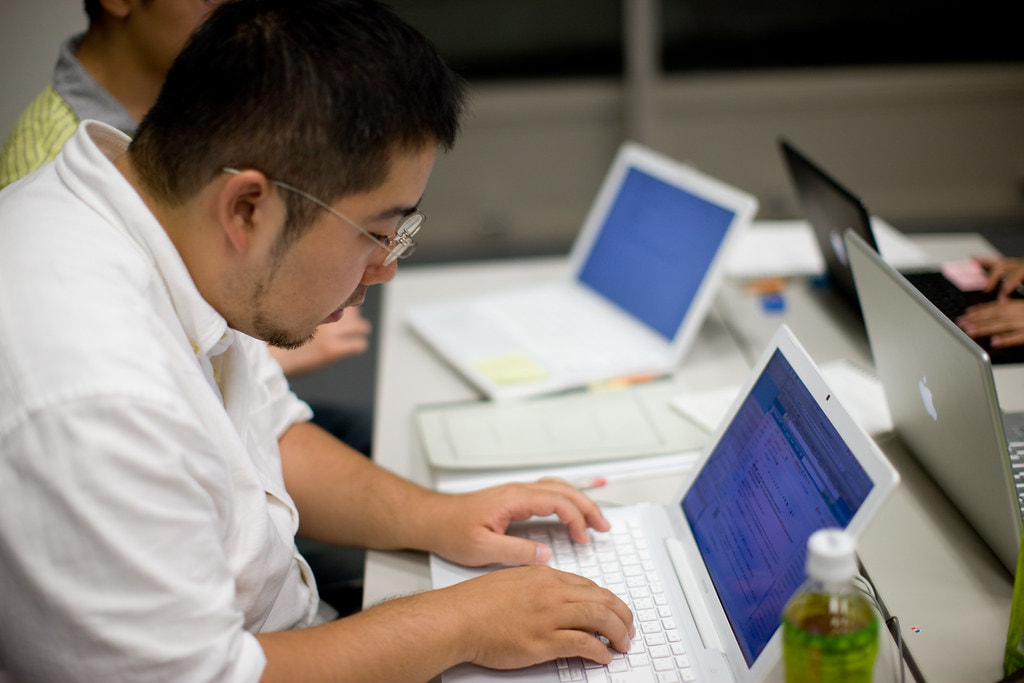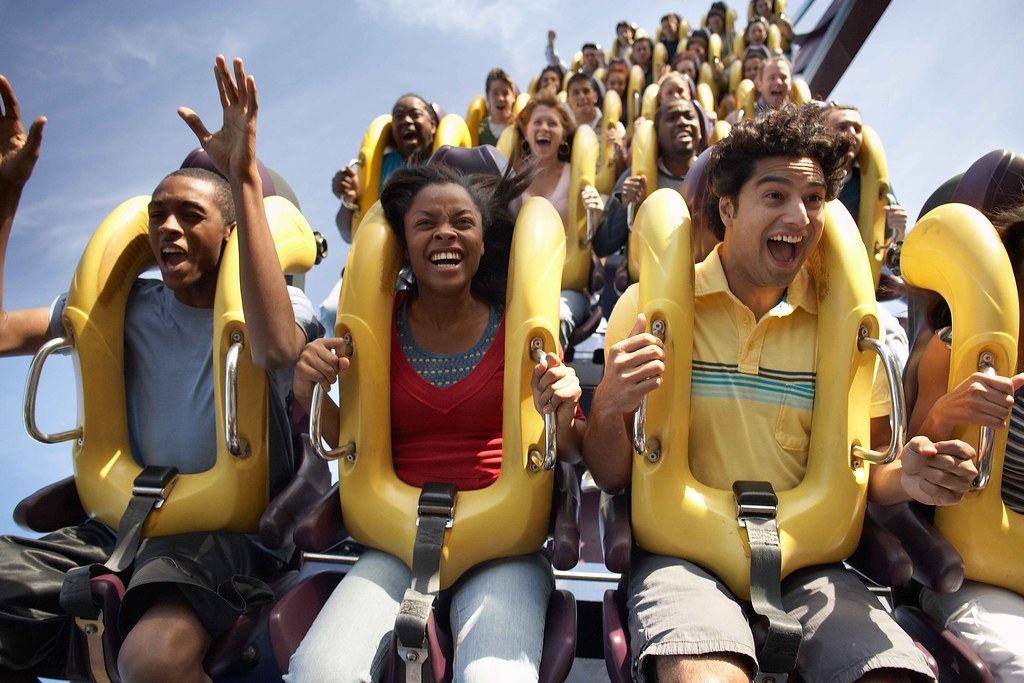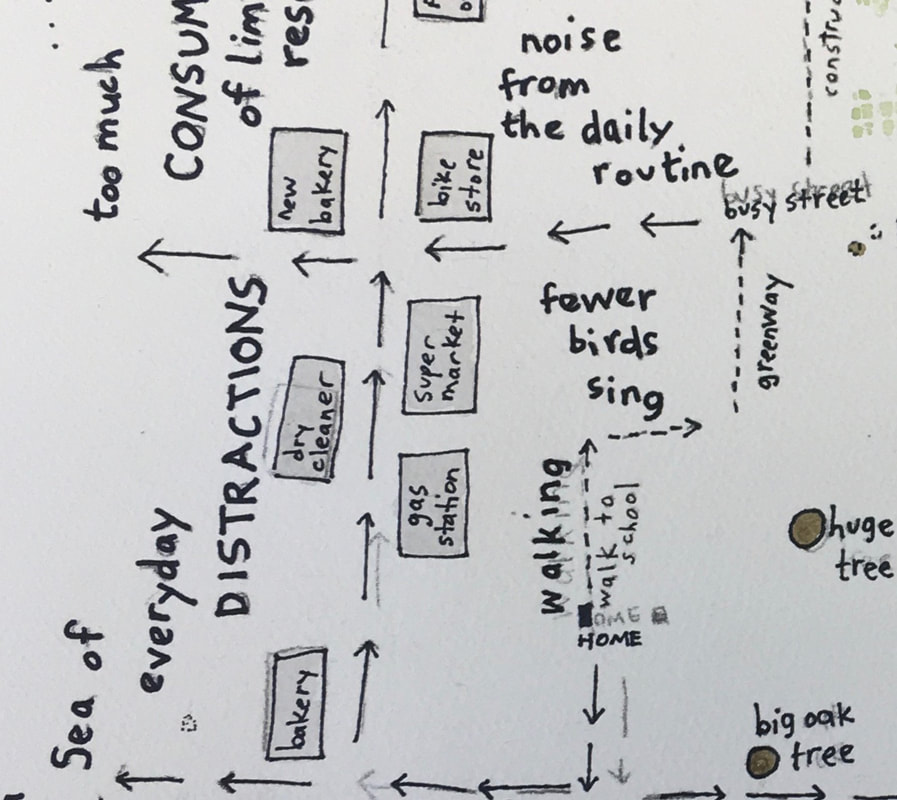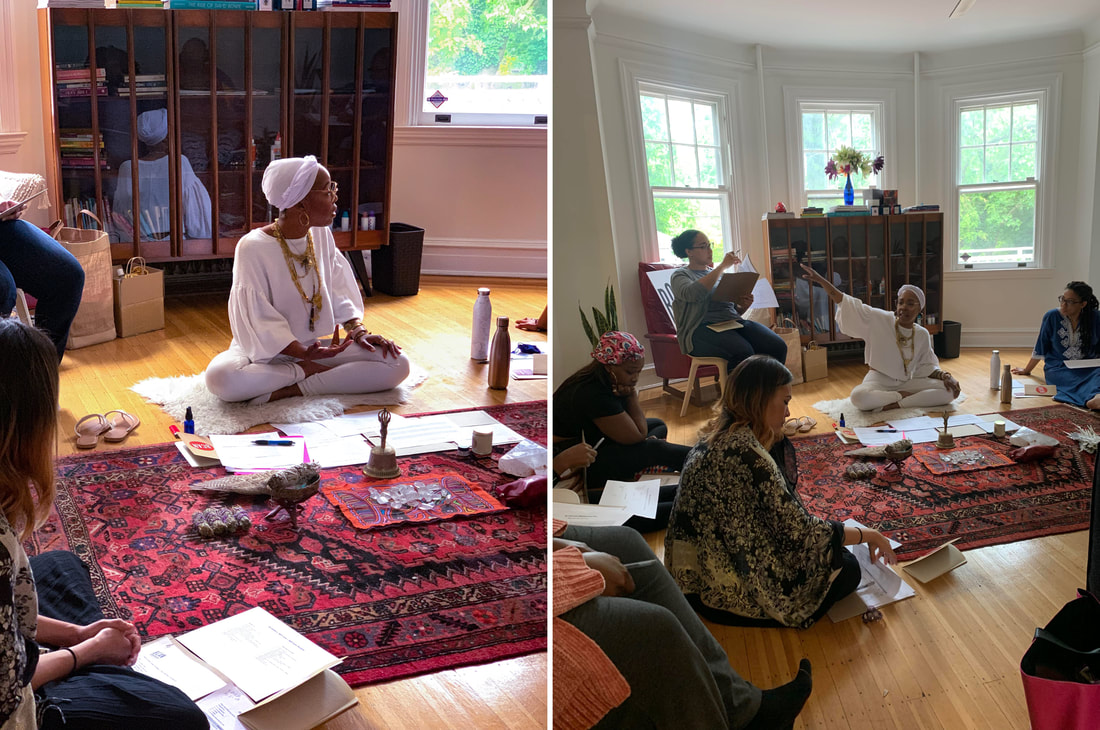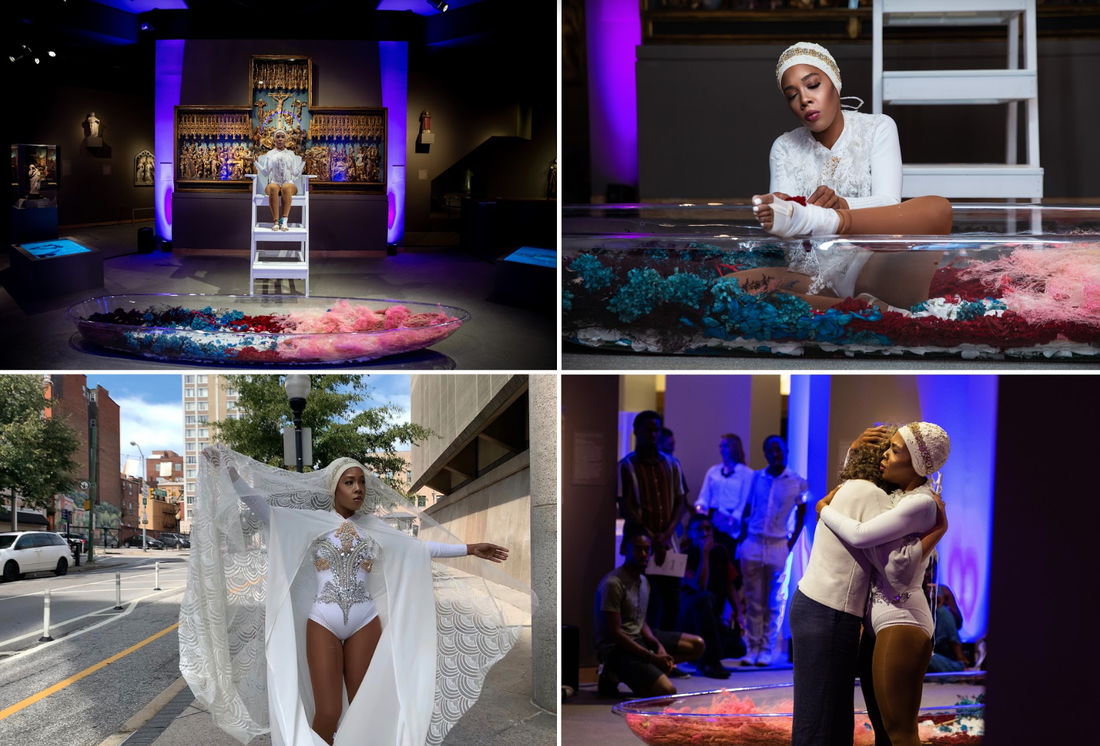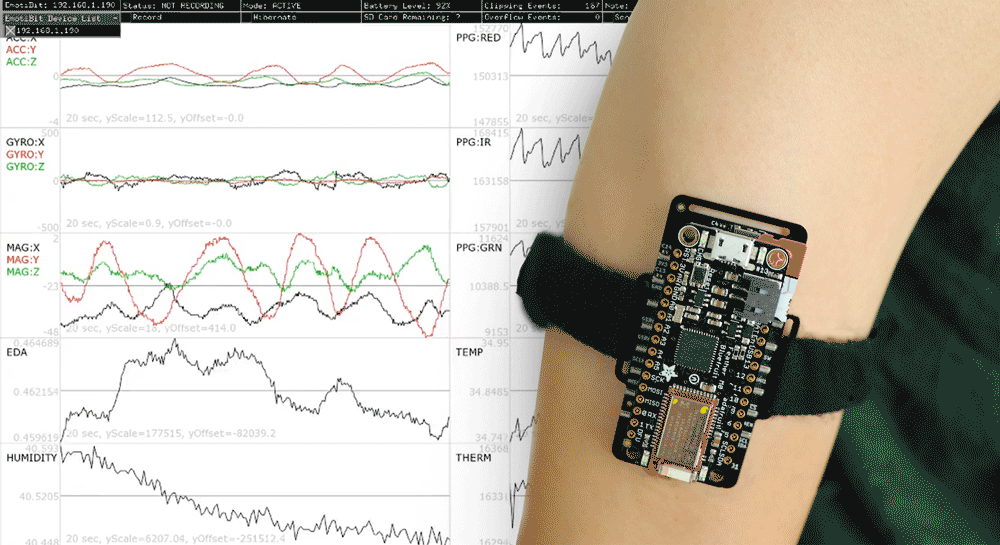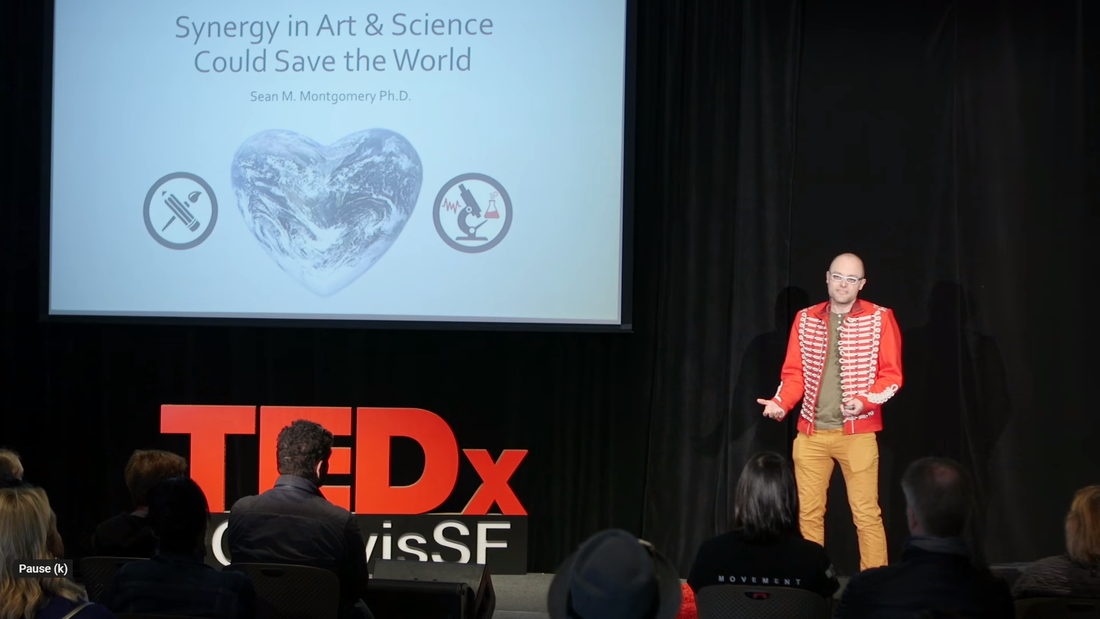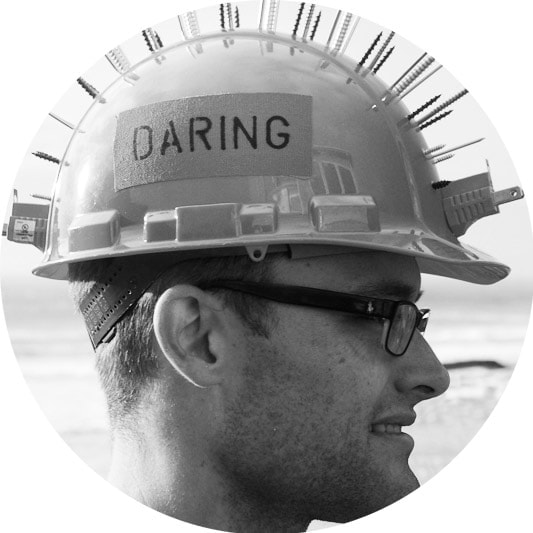|
Nicoletta
This week I had a wonderful meeting with my partner Sean! We talked about ways to collaborate. We discussed all the potential. Here are some questions I am pondering as I think about next steps:
I am looking forward to experimenting with EmotiBit and allowing the answers to flow.
I spent time researching and getting inspired by works of art and artists. I was invited to a pre-exhibition preview at the Walters Art Museum: "Art of Designing the New: Charles Rennie Mackintosh and the Glasgow Style." This is the first U.S. exhibition in a generation to highlight the architect and designer’s innovative work, and explores the larger circle of artists with whom he collaborated.
I enjoyed looking at the beautiful Art Nouveau and Art Deco Objects. I am inspired by the elegant lines, implied movement, the female form, structures and materials. I am thinking about how I want to evolve my performance practice. I am thinking about what role environment plays in my work as an artist.
I spent an evening with one of my mentors Valerie Maynard. As a leader in The Black Arts Movement her work has been exhibited throughout the United States, in Sweden, Lagos, and Nigeria. Sitting with her in her home/studio with my oldest son is powerful for me. She talked to him about her friends like Toni Morrison. She talked about a piece she made for Stevie Wonder. She showed us new sculptures she’s working on. She shared her excitement for her upcoming exhibition. I paid close attention to how I felt in her space. I reflected on how her work, her stories, her spirit affected me. My son pointed out that we appeared at times to be synchronized. Our actions became the same, she began to move like me, I began to speak like her. He found it fascinating to see how sharing space with someone can shift behavior and how elevated I felt after we left. He too felt very energized and inspired after our visit.
Valerie has known me since I was 16. She taught me to see myself, and my value as a beautiful black woman. As an artist, she taught me how to sculpt the magnificent female form in wood. As a Negrita, Afro-Latina, I embrace everything that I am. Art is how I communicate. Art is how I connect with others. Art is how I share myself with the world.
One of my takeaways from the week is connection. Art connects us. Connection is invaluable, and a core part of our experience as human beings. Our emotions help us navigate in the world. Since we are multi-sensory beings we are constantly processing information gathered, and responding to feelings, with our bodies.
Sean
I had a wonderful conversation with my partner Nicoletta this week, talking about her practice and how she utilizes space and movement to create connections with, and sometimes release intense emotions from her audience. I immediately began thinking about how sensing physiological signals from the body with EmotiBit could facilitate and potentially help understand that connection. How signals from the body can enhance human connectedness is something I’m passionate about and is the topic of a chapter I recently co-wrote with Suzanne Dikker and Suzan Tunca published in Anton Nijholt’s book Brain Art. In the coming weeks, I hope to delve deeper into the different ways that signals from the body can be, and have previously been, used through artistic practice to enhance and understand human connection, but this week I got to thinking about one of the physiological signals that particularly lights up my truth.
What’s cool about EDA is that it’s super dialed in to your emotional responses. Although EDA by itself doesn’t separate positive emotions (e.g. excitement) from negative emotions (e.g. fear or anger) and it can be altered by physical stimulation and activity, it strikingly reflects emotional activation in a moment by moment way. Note how my brother’s EDA responses in the above video typically follow my questions by 1-2 seconds and tend to elicit bigger responses the more intimate the questions get. I like to say that the Truth Wristband measures the truth of the question whether or not you choose not to answer it.
After creating the Truth Wristband a decade ago, I’ve since worn it to parties and pubs around the world. Welling up from those experiences (and some interesting stories) I’ve been getting a feeling of excitement this week when I think about bringing EDA to my exploration with Nicoletta and it definitely gets my truth lit up!
0 Comments
Nicoletta My excitement about working with Sean continues to grow! It’s like his lab’s invention, EmotiBit was something I never knew that I always wanted. I can’t wait for us to dive deeper into all the possibilities for our collaboration as residency partners. In anticipation, I spent a lot of time this week simply thinking about how my body communicates with me. I thought about how feelings are tools for navigation. I thought about the rituals I perform that inform both my arts practice and the way that I live my life day-to-day. I thought about the involuntary act of breathing and how important it is. I thought about how my breathing patterns change when I perform different movements. I began to ask myself questions like: How often do I pause to simply breathe deeply? This reminds me of how important the act of deliberate breathing is when I swim. Swimming is one of the ways I get back into my body. Water is soothing for me and connects me to something much bigger than myself. Despite being very active in the water; I feel completely supported, peaceful, and relaxed. I can swim for hours and leave the pool feeling fully rested just like after a long nap. In August, I began experimenting with underwater video and photography equipment. I am excited about how to translate the movements and elements of my performance art into underwater dance. The footage captured has become early studies in my creative investigation. I am looking forward to continuing to experiment and see where it all leads creatively. Sean Electrical, chemical, and mechanical messages carry highly amplified messages about our physical, emotional and psychological state from our brains to the sympathetic and parasympathetic nervous systems of the body. Evolutionarily these “fight or flight” and “rest and digest” systems have been critical to avoid getting eaten by tigers, find food, and conserve energy, but in the 21st century with the help of carefully engineered sensors like EmotiBit, it’s possible to derive a moment-by-moment portrait of our emotional state. How this information about internal context might help you become a faster learner, share deeper empathy, enjoy lower stress, or be present in live performance are all topics that may be explored in this SciArt Bridge Residency, but I thought it might be interesting to start by discussing what signals from the body can tell us about our emotions and physiological reactions to the world around us. Let’s start with some examples. For you to perceive a snake camouflaged in the jungle, the visual system in your brain has to work over-time detecting lines and colors and patterns, etc. But once your brains detect “SNAKE!”, the fear alarm bells ring and your brain cranks up your body’s sympathetic “fight or flight” dial to 11! Your heart starts racing and your respiration rate and depth increase. Your body temperature increases and sweat glands activate. Evolutionarily, all these changes in the body’s physiology are getting you ready to run away, and by sensing these biometric signals you can detect that fear response even without any verbal communication or physical movement. Quite the opposite of a fear response is a feeling of calm and relaxation that’s accompanied by activation of the body’s parasympathetic “rest and digest” system. To save energy, the body lowers the heart rate and beat strength, and the breathing becomes more regular. The increase in parasympathetic neurotransmitters released onto your heart muscle creates measurable changes in heart rate variability (HRV) indicative of lower stress. Sweat responses and local body temperature decrease, and your constellation of biometric signals softly whisper “I’m calm.” Anxiety and stress are part of modern life. That stress can be measured in a number of ways, but scientific research has shown that when we’re stressed we hold our breath… a LOT. The technical term is called “apnea” and it’s been shown that people regularly hold their breath while writing emails and using social media. Measuring drops in respiration rate and depth, drops in blood oxygen levels, changes in electro-dermal activity and heart rate variability together can help identify which daily activities are particularly stressful for you and perhaps even help break the cycle. These are but a few stops along the emotional journey that the SciArt Bridge Residency will surely take us... and I can’t wait for the roller coaster to begin!
Nicoletta I put energy into developing works that communicate the beauty of existence. My work is about light, connection, healing, and self-love. I fabricate sculptural installations that are meant to communicate introspection. My vessel is both my canvas and the instrument I create with. During my performances, I sculpt space with my body. I am motivated by the idea of the collective oneness; that all is interconnected. Art is not something that I do. Art is how I live. Who I am. Works of art are handled with care. I love myself gently, with kindness, and encourage others to do the same through my works of art. I always listen to my body. When I feel pain; I stop and soothe. When I feel good, I pay attention to the associated action and do it more. I began last week meditating and reflecting on the evolution of my arts practice. This year I worked with the Smithsonian on a performance for By the People Festival. My Self Care First Aid Kits installation was featured at Cardinal Gallery, CCBC Essex, and selected for Maryland Art Place statewide juried exhibition. I produced self-care experiences for the public through Baltimore Creates B/CAN, Maryland Institute College of Art (MICA), Impact Hub, Stevenson University, Baltimore Collegetown Network, and the Maryland State Arts Council. I worked with The Walters Art Museum on Bañera de Flora (Flora Bath); an immersive installation and interactive activation for the public. My residency at the Walters was concluded with a Self Care workshop event for their patrons. I look forward to my journey as SciArt The Bridge Resident, because I draw inspiration from science. Part of my process, before rendering, is to research as much as possible. I examine ideas behind topics, e.g., social sculpture, the performative body. My work is interdisciplinary so partnering with Sean Montgomery to: share ideas, explore concepts, and potentially develop new interactive movement-based work incorporating scientific data capturing technology is very exciting. As human beings, we often equate our value to how much we produce; our productivity. Our bodies are magnificent machines, yet our value is much greater than labor. Restorative rest is important to long-term sustainability. Giving attention to feelings is important, so slowing down to gain guidance from all the senses is imperative. I have learned that healing is an act of allowing. I have learned that wellness is best achieved when multiple modalities are combined. I have learned that wholeness happens when the physical, spiritual, emotional, mental and energy bodies are all tended to. Balance is key. Holding as much space for self as needed is an act of radical self-love. Sean I could not be more excited to kickoff a residency with the SciArt Initiative this week! Meeting my partner, Nicoletta de la Brown, and the other residents via video chat for the first time filled my mind with possibilities. As a dancer, self-described "space sculptor" and shaman, Nicoletta's practice uses movement of her body to transform the experience of a space. It's hard to imagine a better partner to explore the potential for my lab's latest invention, EmotiBit. As a wearable sensor for streaming emotional, physiological and movement data from anywhere on the body, EmotiBit can measure the internal context of the wearer. Thinking about working with Nicoletta, my mind immediately began considering how our emotions and physiology are intimately bound into the way we share space with one another. How do the microscopic movements of electrical and chemical signals within my body change the way that I or others perceive a physical space? How do the physical movements of others in an environment alter the electricity and chemistry of my body? Asking questions like these (and surely many more fantastic questions to come) is the magic of working across disciplines in contexts like the SciArt Initiative The Bridge residency. Looking at our own practice and methods from new perspectives creates a multiplier effect to generate new ideas, new methodologies, and new data to make sense of the world around us. I'm sure I can't predict where my synergy with Nicoletta will take us in the weeks and months to come, and that's precisely why I'm so excited to do this residency.
|

